How to grow mushrooms at home?
Let's start with the familiar ones: Pleurotus ostreatus and Xiuzhen mushrooms.
Which is Pleurotus ostreatus and which is Xiuzhen mushroom in the picture? (12306 friendly support)
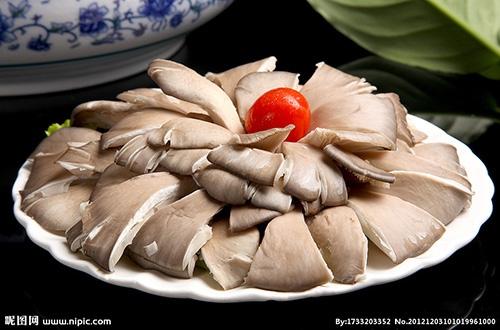
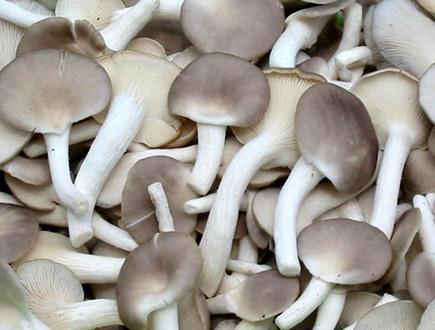
Xiuzhen mushroom is a variety of Pleurotus ostreatus, which tastes more tender, slippery and crisp. Xiuzhen mushroom is petite, with large umbrella cover and thick rhizome. So, you know which one is the goddess and which is the strong girl?
So, when you plant Xiuzhen mushrooms, you must eat it when you are young.
OK, now that we know the difference between a goddess and a strong girl, let's take a look at how to cultivate a goddess.
When planting on a large scale, the base material with the highest unit yield is cottonseed husk. If your home is in Xinjiang, Central Plains or the Yangtze River Delta, see if you can find cottonseed hull. If not, move on.
The function of cottonseed husk is to provide nourishment, so materials that can provide more nutrients are good substitutes, such as corncob, corn kernels (moldy if not handled properly, but nutritious), wheat bran, sawwood flour, wheat straw, straw and so on.
The main nutritional components of cottonseed hull: crude protein 4.0%, crude fat 1.4%, crude fiber 44.9%, calcium 0.13%, phosphorus 0.06%. In actual production, the ingredients are generally 99% of cottonseed hull and 1% of lime. So refer to this ratio when using other materials.
Suppose you now have 9.9 jin of cottonseed shell and 0.1 jin of lime, and you are expected to be able to produce Xiuzhen mushroom 12 jin 20 jin.
But you also need the following tools:
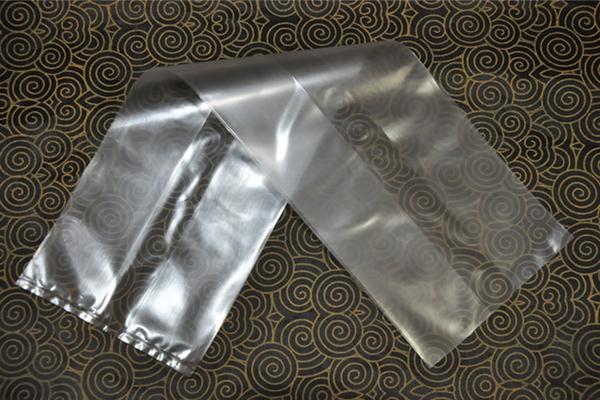
1. 15 low-pressure polyethylene bags (considering wear and tear and bag specifications, etc.)
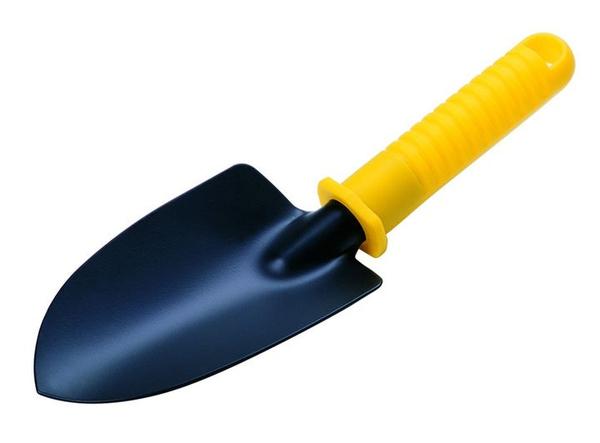
2. 1 small shovel
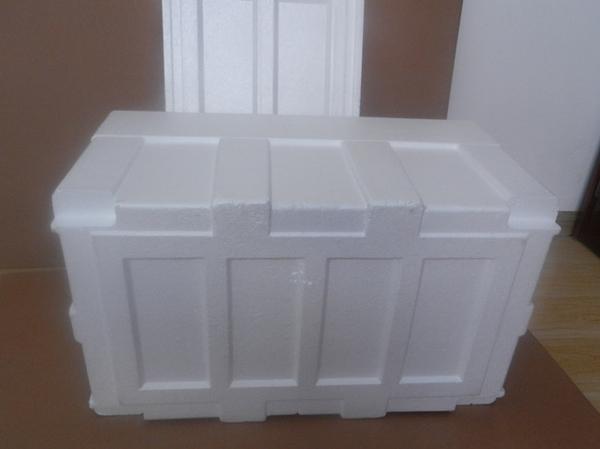
3. Maybe one foam box is needed.
4. In addition, several sections of plastic rope are needed.
OK, you're ready for all this, so let's get to work.
1. Stacking materials:
If you have a flat piece of cement for you to do at will, you don't need a foam box. Therefore, please replace the "foam box" into or not into the "cement floor" according to your own situation.
1. Pile all the cottonseed shells on the cement floor to form a small hill
2. Add water like noodles or cement and stir constantly to make sure the cottonseed shell is soaked in water. Add water, "stir-fry", "stir-fry"... You are tired, and the cottonseed hull absorbs almost 1.5 times its own weight of water. Let it rest, and so do you.
3. Drain the water that cannot be absorbed, and then pile the cottonseed shell into a hill. Enter the fermentation process.
Second, turn over the material:
1. Make sure the internal temperature of that pile of cottonseed shell can reach 60 ~ 80 degrees Celsius. If you can't reach it, you have to take heating measures (sun exposure, "quilt cover" and so on).
2. After 24 hours of fermentation, stir-fry several times from the inside to the outside and from top to bottom.
3, 48 hours later, stir-fry several times from the inside to the outside and from top to bottom.
4. Now you can sprinkle lime. The operation is risky, you must be careful, do not face the wind! You can wear gloves, masks, goggles, helmets and so on! Note: please sprinkle evenly and stir until you can't see the lime.
5. After 24 hours, the pile turns reddish brown and smells, and there is no sour smell, and you can start the next step.
3. Bagging:
1. Spread the pile of "hills" evenly to dissipate heat.
2. When the heat is almost gone, you can use a polyethylene bag to pack it.
3. During the bagging process, pay attention to compacting the material (try your best without damaging the bag). Set aside about 5 cm pocket mouth.
4. The mouth of the bag is tied up with a small rope.
4. Sterilization:
1. Give full play to your intelligence and use the method of "steaming through water" to sterilize the bagged culture materials.
2. Sterilization should be carried out at least 4 hours under the condition of high temperature (95mi 110 degrees Celsius) and high pressure (pressure value of pressure cooker).
3. If the previous condition is not met, the time can be extended as appropriate, but it should be close to the high temperature as far as possible.
5. Vaccination:
1. After sterilization, cool (at least 12 hours later).
2. Open the mouth of the bag and sprinkle a layer of bacteria evenly (it is best to use the strain that has been recultured, not the original seed of the test tube).
3. Tie the mouth of the bag, do not tie it too tightly, and maintain a certain amount of air circulation.
VI. Germs:
1. Stack the inoculated bacteria bags and wait for the bacteria to spread.
2. When the white hyphae occupy the 1P3 bag, you can re-stack the bag according to the order of up and down, down and up.
3. Wait until the whole bacterial bag is covered with white hyphae.
Now we have to wait for mushrooms to emerge, and the time has come to really test our skills. Ever since I was a child, my father always wanted me to inherit his skills, so he always said to me, "what is the most important thing in growing edible fungi?" Temperature, humidity, ventilation. It's that simple, no matter what kind of edible fungus, in the final analysis, is to control the temperature, humidity and ventilation. "
Therefore, at this time, it is necessary to control the three elements of temperature, humidity and ventilation.
In the initial stage, the humidity is controlled below 60%, and in the later stage, the humidity is controlled at 60%. Ventilation is carried out according to the temperature and humidity (ventilation is required for both high temperature and high humidity). Generally, ventilation is maintained three times a day.
The room temperature should be controlled at 15 Mel 20 degrees Celsius, and the temperature of the bacterial bag should be controlled at 20 Mui 25 degrees Celsius.
7. Mushroom production:
Before mushrooms are produced, there is also a process called "mushroom acceleration".
1. First of all, it is necessary to increase the temperature difference between day and night, and it is best to reach a temperature difference of 10 degrees Celsius and 20 degrees Celsius. Increase air circulation, increase air humidity. At this point, you can add a certain amount of light. To control the temperature difference between day and night, you can use the method of bringing the bacterial bag to a low temperature environment at night, but not facing the tuyere. )
2. When you start to grow young mushrooms the size of mung bean grains, you can open the bag (this step is different from the method of large-scale planting and is not so sure).
3. At this time, the relative humidity of the air should be controlled to 85%, 95%. And provide sufficient oxygen and low concentration of carbon dioxide to maintain strong light.
4. in general, at this stage, it is necessary to maintain the frequency of spraying water once a day to twice a day in order to maintain the required humidity. It takes more ventilation to make sure there is enough oxygen. Carbon dioxide, as long as you walk a few more times in the training room may be enough.
5. Pay special attention to the fact that water spray cannot be sprayed on the bacterial bag. It can be done by atomizing the water into the air.
8. Picking:
1. You can pick it when you think it is almost big.
2. Pick the tender ones early, eat the umbrella covers a little, and so on. It's easy to grow up. I don't see you in 12 hours, but there's a big difference.
When picking, be careful to pull it up from the root, do not leave any roots, and do not take away a piece of fungus. Every piece of mushroom can grow into Xiuzhen mushroom.
IX. Edible
1. Do not eat raw.
2. Hand tearing is better than knife cutting.
3. Stir-fried sliced meat is very popular! Meat can be pickled or wrapped in ground melon powder and starch.
4. if you make soup, you should stir-fry it first.
5. Wash and rinse after picking. I don't need to tell you.
Therefore, from the above point of view, convenience: buy fresh Pleurotus ostreatus > buy a treasure bag > cultivate yourself from beginning to end
Awareness of Pleurotus ostreatus: cultivate yourself from beginning to end > buy a treasure's mushroom bag > buy fresh Pleurotus ostreatus. At least, when you see Pleurotus ostreatus from the vegetable dealer, do you know if you have sprayed water or overnight?
- Prev
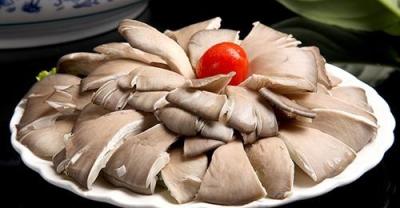
Watch how pumpkins are planted in pots
The fruit of ornamental pumpkin is exquisite and peculiar, and its ornamental value is very high. It can be cultivated in open field, greenhouse or flowerpot.
- Next
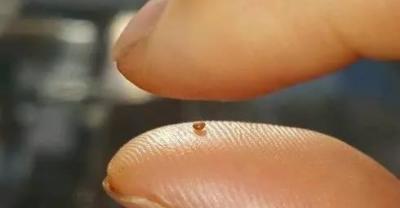
How to plant edible lilies in ornamental horticulture
How to grow edible lilies in ornamental horticulture 1. Product advantages and market prospects lilies are common varieties for medicine and food, which can be used as medicine, ornamental and vegetables.
Related
- Fuxing push coffee new agricultural production and marketing class: lack of small-scale processing plants
- Jujube rice field leisure farm deep ploughing Yilan for five years to create a space for organic food and play
- Nongyu Farm-A trial of organic papaya for brave women with advanced technology
- Four points for attention in the prevention and control of diseases and insect pests of edible fungi
- How to add nutrient solution to Edible Fungi
- Is there any good way to control edible fungus mites?
- Open Inoculation Technology of Edible Fungi
- Is there any clever way to use fertilizer for edible fungus in winter?
- What agents are used to kill the pathogens of edible fungi in the mushroom shed?
- Rapid drying of Edible Fungi

